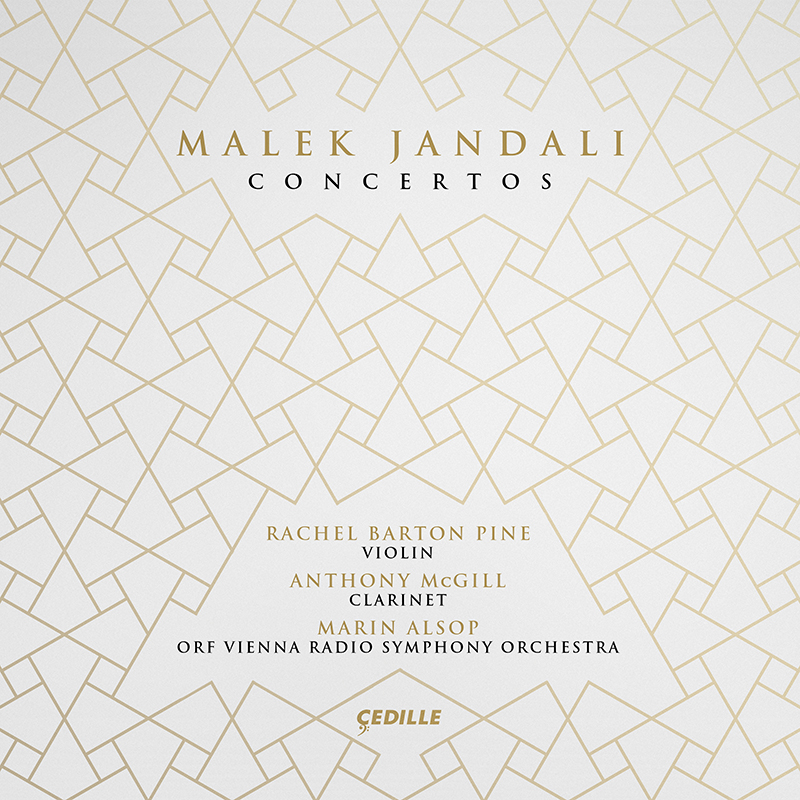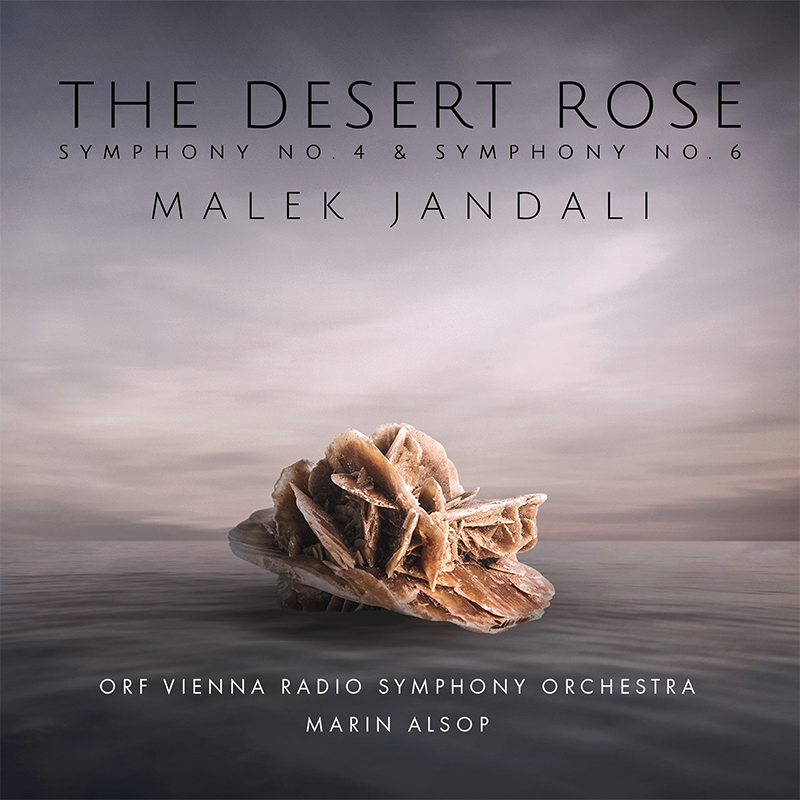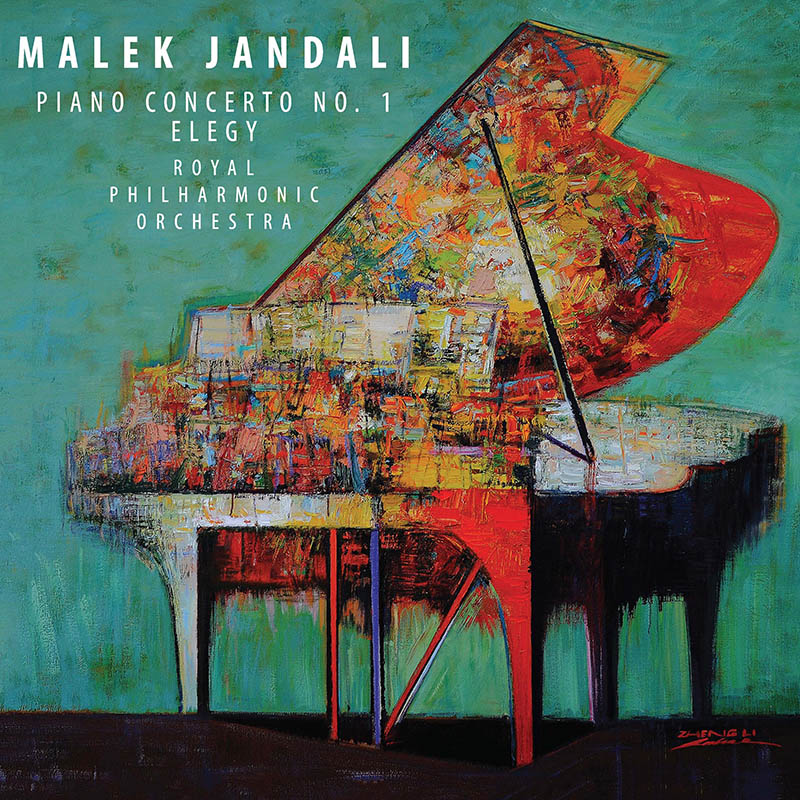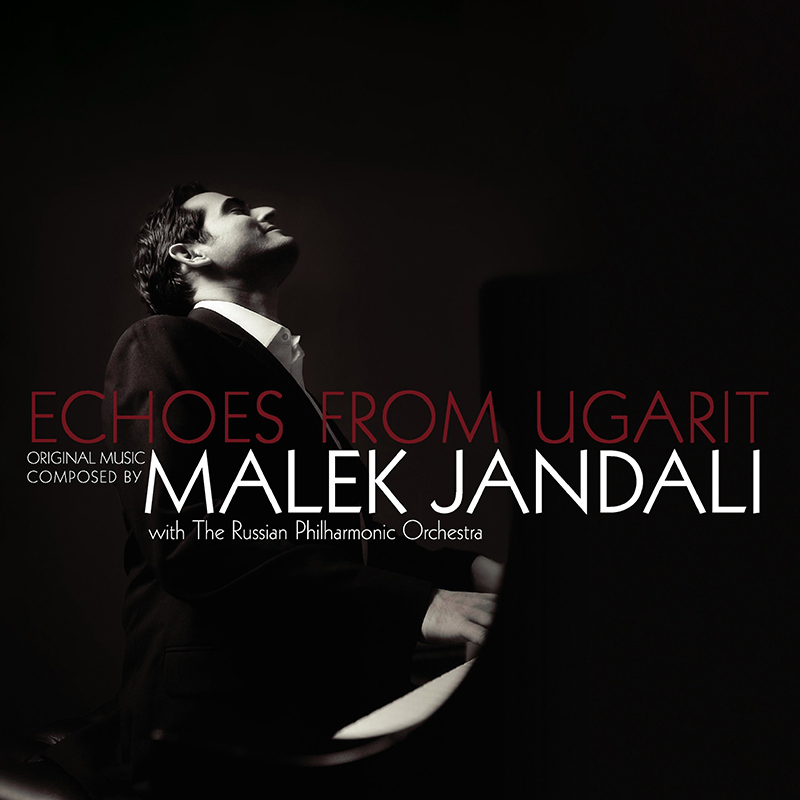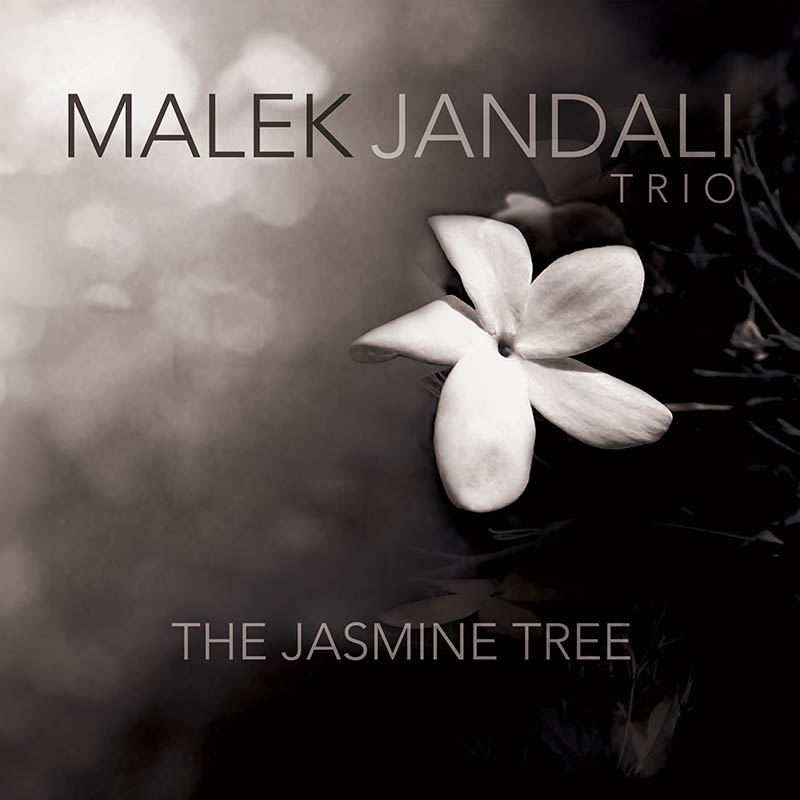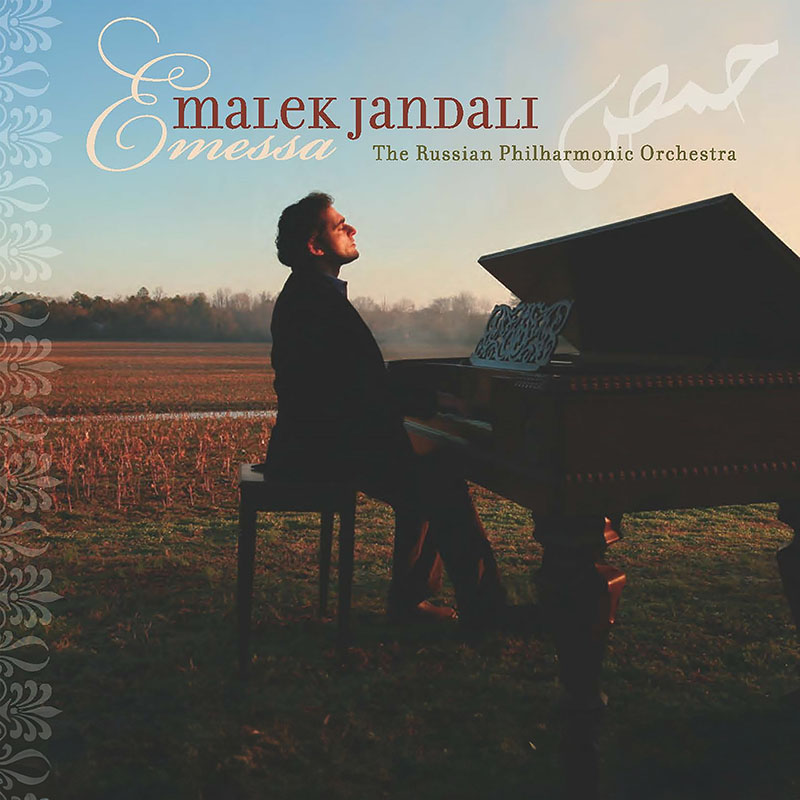
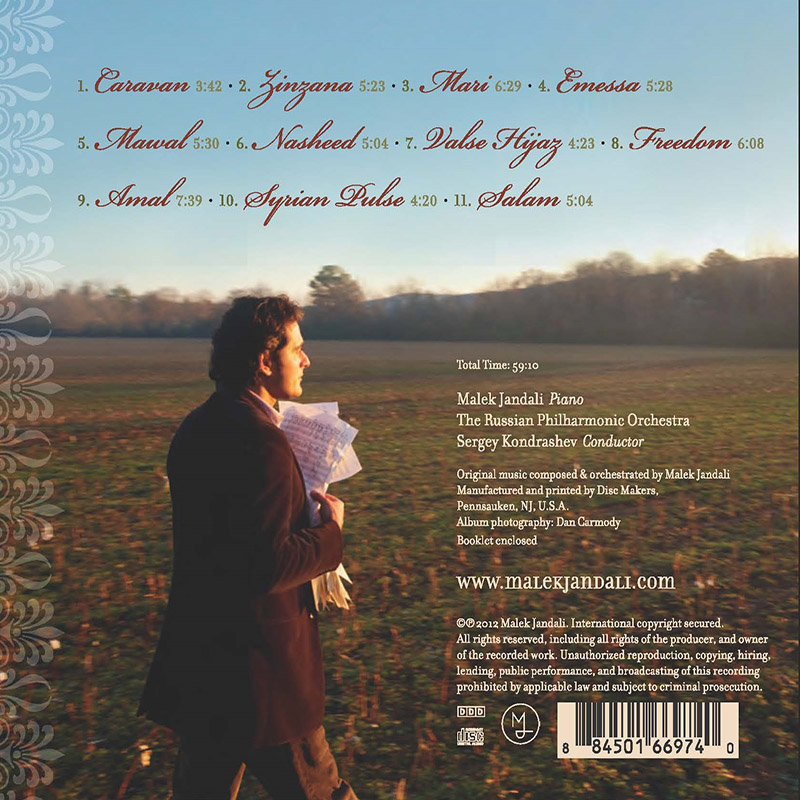
MALEK JANDALI EMESSA | HOMS
Emessa (2012) is an album by composer and pianist Malek Jandali that features original compositions for piano and orchestra, recorded in Moscow with The Russian Philharmonic Orchestra under the baton of conductor Sergey Kondrashev.
A powerful musical tribute to the ancient city of Homs, historically known as Emessa.
The album comprises 11 tracks, each blending classical and Middle Eastern musical elements, inspired by the 2011 Syrian revolution and are dedicated to the people of Syria in their pursuit of freedom and human rights. Notably, the “Freedom Qashoush Symphony” is named after Ibrahim Qashoush, a Syrian songwriter and peaceful protester.
Released in 2012, one year after the outbreak of the Syrian revolution, Emesa is a deeply Syrian album that draws its musical inspiration and themes from the places, times, and events—both ancient and modern—of Syria. It journeys through a stirring musical narrative that moves between the nation’s glorious past, its painful present, and its turbulent reality. The album is profoundly inspired by the Syrian revolution and the courageous people who rose against oppression, tyranny, and dictatorship. Composer Malek Jandali dedicated the album to the Syrian people.
Jandali named the album Emesa, the ancient name of his hometown Homs, a city that holds his roots and awakens his deepest nostalgia. With pride in the beauty and history of his city, he composed a piece titled “Emesa,” which captures glimpses of the city’s charm and cultural legacy. Jandali described the album by saying:
“In revolution, as in music, the voice of truth and the rhythm of freedom shall never be silenced. My music is dedicated to the brave Syrian people in my beloved homeland, Syria—those who peacefully called for freedom, democracy, and human rights. This album is inspired by the voices, heartbeat, and soul of my beautiful city, Homs (Emesa).”
The album was recorded with the Russian Philharmonic Orchestra under the baton of Maestro Sergey Kondrashev and includes 11 original compositions for piano and orchestra. These works showcase the diverse stylistic elements of Jandali’s compositional voice, merging Syrian culture and various forms of Arabic art with the grandeur of symphonic music. Emesa is part of Jandali’s broader effort to integrate Syrian and Arab heritage—especially the modal systems of Eastern music—within the framework of Western classical harmony, aligning with UNESCO’s call to preserve intangible cultural heritage against extinction and deliberate destruction.
Listening to Emesa is both an aesthetic and cultural experience. As the listener moves from one track to another, they are captivated by the charm of the melodies and the richness of the music. The album takes you into realms of imagination and through historical moments in pieces like “Emesa” and “Mari.” It also explores contemporary or recent realities through compositions echoing the Syrian revolution, including dedications to specific figures such as martyr Ibrahim al-Qashoush or broader concepts of freedom and resistance against dictatorship.
The album is infused with a deep Syrian spirit, resonating with past and present through profound emotional expression. This musical expression is not necessarily traditional or folkloric; rather, Jandali employs Arabic heritage and Eastern modes academically, through the lens of classical harmonic theory. His music speaks equally to Arab and Western audiences, as well as to connoisseurs of high art across the world.
Listeners will find in this album a variety of musical techniques and aesthetics: lyrical melodies, poetic suggestion, orchestral grandeur, dreamy and transparent piano textures, intricate harmonic weaving, recurring and evolving themes, deconstruction and development of melodies, changing rhythms and tonal colors, structured forms, and carefully crafted architecture.
1- Caravan
Opening the album, this lively and elegant piece sets the tone for the musical journey ahead. Like a caravan traveling through time, it introduces the listener to the album’s Syrian themes. Lasting about four minutes, the piece features rich interaction between piano and orchestra, with the main motif played and varied by the piano before being expanded by the orchestra. The melody grows in emotional depth, carried by distant strings and enhanced by layers of orchestral texture, like a musical voyage across historic landscapes.
2- Zinzana | Prison Cell
A fast and tense opening reflects the anguish of confinement. The piece conveys a sense of suffocation and isolation, with the melody gradually breaking free from darkness. It represents the yearning for freedom and alludes to Syria’s brutal prisons—holding countless protesters and revolutionaries. The composition moves from anxiety to a brief calm, embodying both suffering and the human spirit’s resilience.
3- Mari
One of the album’s most beautiful pieces, “Mari” is a tribute to the ancient Syrian kingdom of Mari, dating back to 2900 BCE. Located along the Euphrates near Deir ez-Zor, Mari was home to the temple of Ishtar and the legendary singer-priestess Urnina—the earliest known female singer in recorded history. The composition blends tender piano lines, woodwind textures, and heroic brass themes that highlight the kingdom’s grandeur. Halfway through, the music accelerates before returning to a soft piano ending, offering a contemplative escape into Syria’s ancient legacy.
4- Emesa | Homs
The album’s title track is a personal homage to Jandali’s city, Homs. The piece is emotionally rich, drawing from the city’s ancient past and modern experiences. Piano and orchestra reflect on the city’s identity—its historic Silk Road role, orchards, basalt streets, old gates, and landmarks such as the Orontes River and sacred tombs. The music opens with fragmented piano notes and gradually forms a coherent, emotive theme. Variations in rhythm and texture lead to an expressive climax, evoking a deep sense of belonging, memory, and continuity.
5- Mawal
Inspired by the traditional Arab vocal art form mawal, this symphonic piece reflects a local, folkloric style through a global musical language. Jandali describes it as “a poetic ornament in a colloquial dialect,” capturing themes like lament, improvisation, and cultural nuance. The piece blends classical orchestration with Middle Eastern motifs in a subtle, abstract way. The piano plays a central narrative role, as if embodying the voice of the singer, supported by orchestral echoes.
6- Nasheed | Anthem
This instrumental “anthem” omits lyrics yet retains the structured rhythm and tone of a traditional hymn. It opens with a bold piano statement, then evolves with melodic development and variations. The composition reflects Jandali’s vision for anthem-writing, using symphonic tools to evoke national identity and collective sentiment.
7- Valse Hijaz
Combining the Western waltz form with the Arabic Hijaz Kar mode, this piece fuses two musical worlds. Over about four and a half minutes, the listener is treated to a unique cross-cultural experience—lyrical dance motifs interwoven with Eastern melodic phrases. The music sways between both traditions, blending harmonies vertically and melodically to create rich textures.
8- Freedom | Qashoush Symphony
A tribute to Ibrahim al-Qashoush, the singer of the Syrian revolution whose voice rallied thousands before he was murdered and his throat was cut by regime forces. His iconic chant “Yalla irhal ya Bashar” (“Come on, leave Bashar”) echoes in this six-minute symphony. The phrase is repeated and varied as the piece transitions through grief, defiance, and hope. Piano lines convey sorrow and strength, culminating in a haunting musical remembrance of al-Qashoush’s voice and message.
9- Amal | Hope
Following “Hurriya,” this is one of the album’s longest tracks at seven and a half minutes. Beginning with a serene orchestral passage, the piano enters with a melancholic yet optimistic melody. The dialogue between piano and orchestra gradually intensifies, building toward a hopeful climax that reflects the longing for peace and renewal.
10- Syrian Pulse
Over four and a half minutes, the pulse of Syria beats through vibrant piano melodies and rhythmic diversity. The piece features shifting time signatures and modal transitions, expressing the undying spirit of the Syrian people. It rises through dynamic surges, evoking change and a reawakening of national identity.
11- Salam | Peace
The album concludes with “Peace,” a five-minute composition that embodies a universal longing for stability and dignity. The music flows gently, with recurring themes, moments of introspection, and rich orchestral colors. Even in moments of solemn stillness, the piece suggests movement—toward a peace long awaited and deeply deserved.

